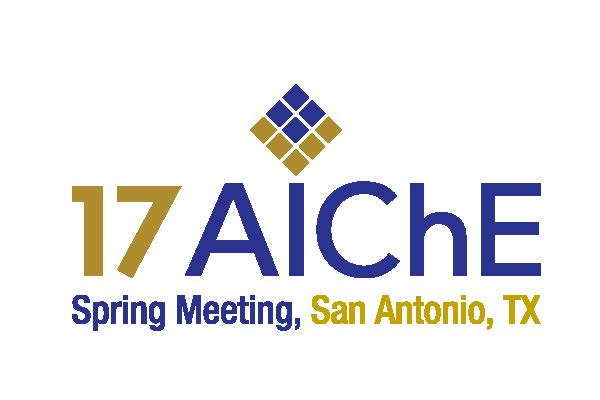

Hydrogen Jet Vapor Cloud Explosion: A Model for Predicting Blast Size and Application to Risk Assessment
Simon Jallais and Elena Vyazmina
Air Liquide R&D
1 Chemin de la Porte des Loges - Les Loges-en-Josas
78354 JOUY-EN JOSAS
Simon.Jallais@AirLiquide.com, Elena.Vyazmina@AirLiquide.com
Derek Miller
Air Products
7201 Hamilton Boulevard
Allentown, PA 18195-1501
Millerd3@AirProducts.com
J. Kelly Thomas, Ph.D.
Baker Engineering and Risk Consultants (BakerRisk)
3330 Oakwell Court, Suite 100
San Antonio, TX 78218-3024
Releases of hydrogen at elevated pressures form turbulent jets which may pose vapor cloud explosion (VCE) as well as jet fire hazards. The turbulence induced by the jet release can lead to flame speeds sufficient to produce damaging blast loads if the release is not immediately ignited, even in the absence of confinement or congestion. The VCE hazard posed by such high pressure hydrogen releases is not well-recognized.
The authors have previously presented test data and computational fluid dynamic (CFD) modeling analyses which characterize high pressure hydrogen releases and the associated VCE hazard. The current paper provides an overview of this VCE hazard, presents a simplified method for predicting the potential resultant blast loads, and discusses the implications of such events for building siting analyses and risk assessments.
Presenter(s)
Language
Pricing
Individuals
| AIChE Member Credits | 0.5 |
| AIChE Pro Members | $19.00 |
| Employees of CCPS Member Companies | Free |
| AIChE Graduate Student Members | Free |
| AIChE Undergraduate Student Members | Free |
| AIChE Explorer Members | $29.00 |
| Non-Members | $29.00 |
